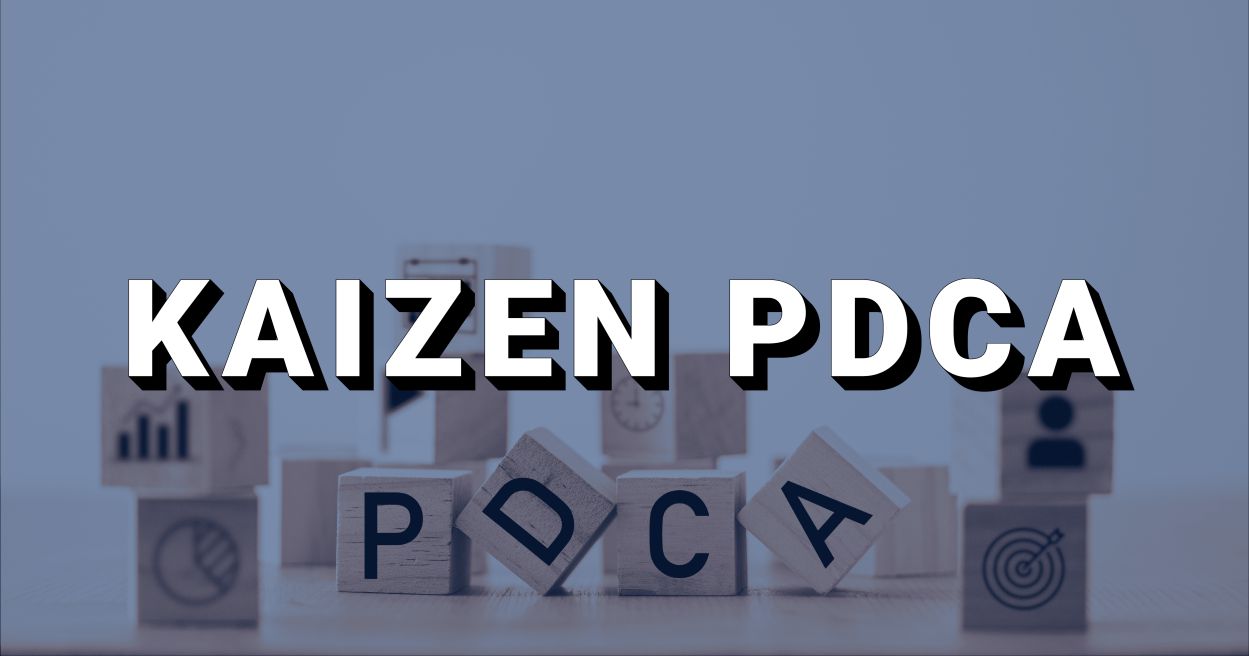“Continuous Improvement” is a driving principle behind Lean Management. PDCA is a Kaizen tool that supports continual improving in a methodical way.
“Imagine that your customer satisfaction rating on your e-commerce website has dropped. When you look at recent customer reviews, you found that many of your customers are unhappy about late delivery, and that products are being damaged in transit.
So, you decide to run a small pilot project for a month, introducing a new monitoring process for your delivery team. You're pleased to see that the feedback were positive. As a result, you decide to use implement this new process as a common practice for all your orders in the future.”
What you've just done is a single loop called the PDCA Cycle. This is a proven tool for achieving continuous improvements to your business. In this training, we outline the key principles of PDCA, and elaborate when and how to put them into real work situations.
LEARNING OUTCOMES
At the end of this training program, participants should be able to:
- Recognize the key principles of PDCA
- Understand the objectives of PDCA
- Explore and practice PDCA mechanism in real work situations
- Able to identify wrong PDCA approach and make corrective measurements
- Apply the best practice in PDCA cycle
PROGRAM OUTLINE
WHAT YOU'LL LEARN: DAILY SCHEDULE
- Plan: Principle 1 (Customer Focus) & Principle 2 (Leadership)
- Do: Principle 3 (Involvement of people), Principle 4 (Process approach), Principle 5 (System approach to management), Principle 6: Mutually beneficial supplier relationships
- Check: Principle 7 (Factual approach to decision making)
- Act: Principle 8 (Continual improvement)
- Objectives of PDCA
- Understand the Japanese concept of “Kata” to mirror Toyota’s successful practices of true continuous improvement.
- Unseen Routines Behind Toyota’s Success
- The four stages of Kata:
Understand the Direction
Grasp the Current Condition
Establish the Next Target Condition
PDCA toward the Target Condition.
- Step-by-step Guide to PDCA Report Writing
- Components of PDCA Report
- Example of PDCA Report
Do’s and Don’ts for an Effective PDCA Report





